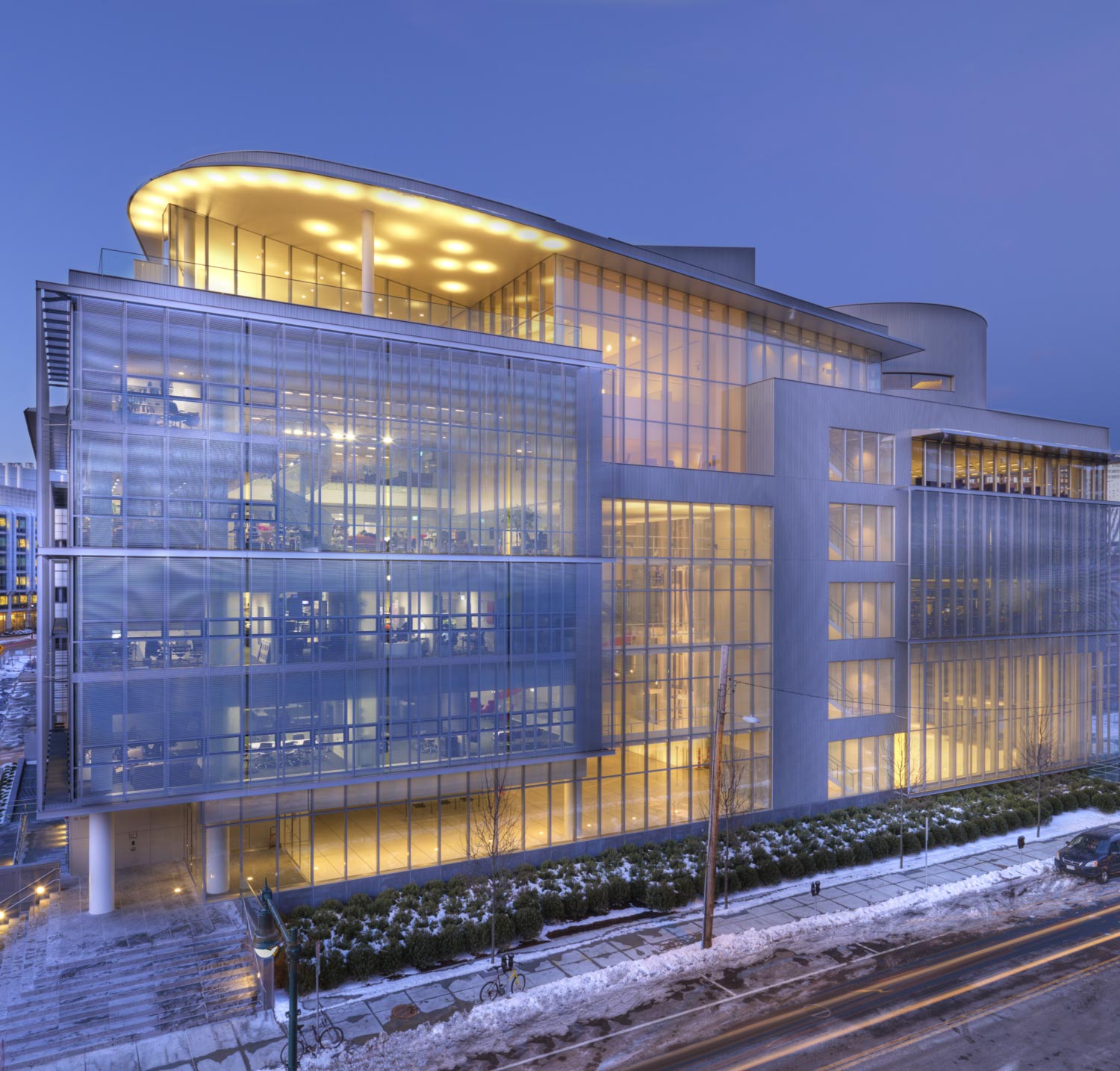Innovation Initiative preliminary report
To the members of the MIT Community,
I write to share the preliminary report of the MIT Innovation Initiative, and to seek your input.
The report is the product of a yearlong effort by the members of the Initiative’s Advisory Committee, and its findings reflect the perspectives of faculty, students, staff and alumni across all five Schools, as well as a range of outside voices from industry, the venture funding community and government. Developed under the leadership of Professors Vladimir Bulović, and Fiona Murray, Associate Deans for Innovation in the School of Engineering and the Sloan School of Management, respectively, the report offers an ambitious vision for how MIT could enhance its ability to deliver innovation to the world.
You may read more on MIT News.
Why an Innovation Initiative?
MIT has always been in the business of innovation; in the fall of 2013, I called for an Innovation Initiative because I believe that, with the right array of efforts, our community can do what it is well-known for, but faster and better than ever: we can be faster and better at identifying important problems around the world; at devising solutions that are ingenious and sustainable; at delivering them to the world swiftly, efficiently and at scale; and at conveying these same skills to our students. I also believe that we can advance the study of innovation itself. In short, we have an opportunity to optimize our prototype and enhance the creative engine of MIT.
Magnifying our impact
At the same time, the Innovation Initiative will complement important ongoing Institute efforts and magnify their impact. For instance, we are working to make good on MIT’s promise as a global institution and to tackle humanity’s great challenges in realms from water, food, energy and the health of the planet to education and human health. As we seek inspiring partners and compelling problems -- from remote villages to coastal cities, boardrooms to factory floors – we need to experiment boldly with new ways of engaging the wider world. The Innovation Initiative has the potential to create important new channels for global interaction and accelerate our ability to deliver solutions that matter.
Similarly, digital learning technologies are inspiring us to experiment with new models for the residential research university. The Initiative could help us invent the curriculum and campus of the future: collaborative, outward looking, maker-friendly and hands-on. And as we construct the transformative facility known as MIT.nano, the Innovation Initiative will help it emerge as the creative heart of a broad innovation community.
Research and teaching at the core
At MIT, our mission directs us to advance knowledge and educate students in service to the nation and the world; this profound work will always be our central focus and inspiration. But our mission also compels us to bring knowledge to bear on the world’s great challenges – a good working definition of innovation as we practice it at MIT. With this new initiative, we have an opportunity to deliver better solutions to the world – and in the process, to deliver to the world a better MIT.
Next steps
This preliminary report outlines a bold suite of proposals and ideas for enhancing MIT’s innovation capabilities, communities and infrastructure. Fully implemented, these recommendations would have far-reaching impact and require non-trivial commitments of money and time. As a community, our first challenge is to assess feasibility, set priorities, identify those ideas with the best long-term potential and begin to pilot those that can make an immediate difference.
I encourage you to help hone these ideas and contribute your perspective and expertise through innovation@mit.edu (comments accepted through January 17) and by taking part in upcoming community briefings. The first will be held on December 8. I have asked to receive the final report by February 15.
Our gratitude
I hope you will join me in thanking the 19 members of the Initiative’s Advisory Committee, who devoted great imagination and energy to shaping this report. I am also grateful to Provost Marty Schmidt, and Deans Dave Schmittlein and Ian Waitz for their guidance and oversight of this process.
In particular, our community is indebted to the academic leaders who brought this effort to life – Vladimir Bulović, Fariborz Maseeh Professor of Emerging Technology, and Fiona Murray, William Porter (1967) Professor of Entrepreneurship. Over the past year, as co-directors of the MIT Innovation Initiative and Associate Deans for Innovation, they led the creation of this report with tremendous thoughtfulness, creativity and persistence.
I am eager for our community to explore the territory that they and the Advisory Committee have begun to chart.
Sincerely,
L. Rafael Reif


